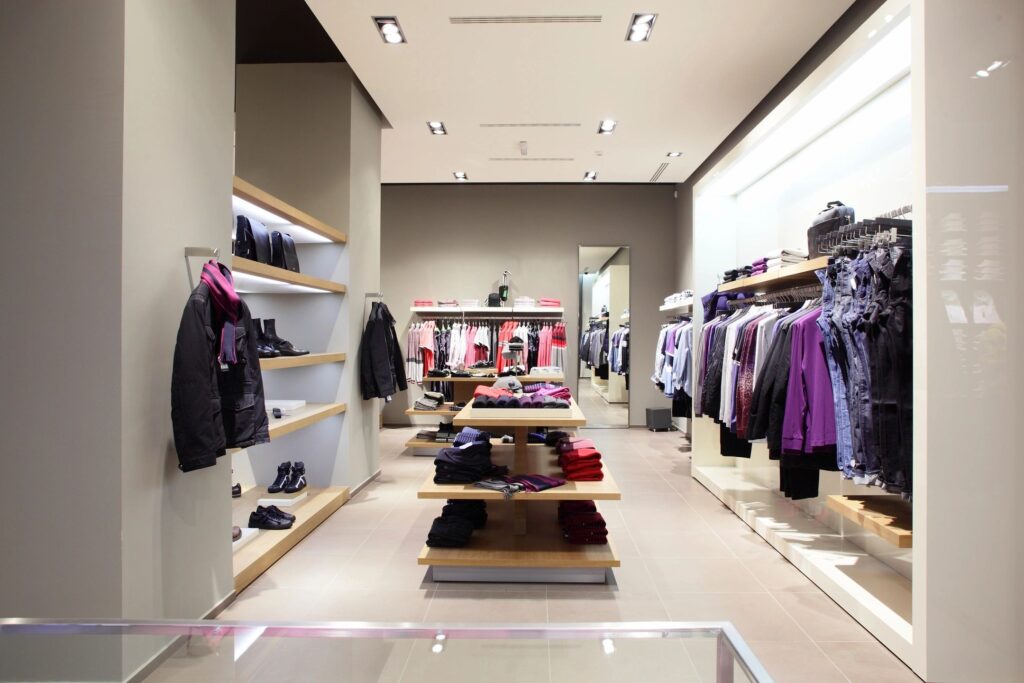Over the coming year, the economic prognosis for much of the world appears to be bumpy, and historically. The retail sector has been among the first to experience these hiccups. For brick-and-mortar stores that are currently working through the effects of the covid-19 pandemic’s disruption, this is likely to pose more problems. To ensure that clients’ more constrained disposable income continues to flow in their direction. Online e-tailers must constantly innovate with future technology trends.
The cost of both basic daily necessities like food and clothing and luxury goods offered by other global corporations is increasing due to rising inflation. Moreover, as supplies become lesser due to supply chain disruption, few retailers are compelled to raise prices even further.

The response? Utilize future technology trends’ strengths and potential to provide customers with fun and innovative techniques to shop, purchase, and save. As a result, retailers are utilizing technology in varied creative ways, both online and away. Below is a detailed summary of some of the critical future technology trends for 2023:
- Hybrid and omnichannel customer journeys
Online shopping is incredibly convenient because it can be available anywhere, anytime. Making nearly anything known to us without forcing us to leave our homes. In addition, businesses may get comprehensive information about us. What we want from our purchasing experiences by monitoring our consumer activity and fusing it with data from several other online sources.
In addition, future technology trends include offline shopping. It gives us the tactile pleasure of being able to look at, feel, and even taste or smell items before purchasing them. This means we can obtain what we need right away.
To develop client journeys that satisfy all the requirements, hybrid shopping combines the best elements of all these worlds, whether online or offline.
- Conscious consumers continue to define retail habits
Businesses must continue to adjust to the fact that ethical, environmental, and sustainable issues are increasing. At the heart of customer purchasing decisions if they want to succeed in retail future technology trends.
Two out of three of us identify as “belief-driven buyers,” with a strong need to know that the goods and services. We purchase were produced in a manner that was kind to the environment by businesses that upheld sound environmental, social, and governance (ESG) standards. Organizations that effectively adapt to future technology trends will discover that they swiftly strengthen their relationships of trust and loyalty with their consumers while frequently generating more efficient operations and processes rather than acting as a barrier or hindrance to the industry. Unnecessary packaging waste and energy use will be accomplished by cutting back on. A notable example of a business that did this is the Korean retailer Coupang, which decreased logistics costs and increased brand loyalty by eliminating packaging from 75% of its deliveries.
- Personalization throughout the customer journey
Stitch Fix is a California-based retailer outlet that selects clothing that, in principle, will exactly fit clients’ interests and sizes using algorithms and online surveys. In addition, global sportswear giant Nike also brought its Nike by You service, which allows anyone to design a never seen pair of footwear that perfectly reflects their style. These two instances showcase how lifestyle-focused companies are trying to meet the rising desire for customized, one-of-a-kind products that somewhat capture our unique personalities or sense of style.
This future technology trends fashion is held to something other than apparel and footwear items. Customers have been demonstrated to quickly respond favorably to personalization throughout. From upselling and post-purchase support to sales and marketing trends, where email and e-commerce portals will dish up individualized recommendations. Businesses that effectively respond to this trend in 2023. They can use the wealth of data points already at their disposal. Just like them but also individually relevant to themselves, thanks to creating individualized touchpoints throughout the customer journey.
- AR, VR, and the metaverse drive immersive
According to a recent study, consumers today place a premium on having a great customer experience. This refers to providing excellent service in a hassle-free, effective, reliable, and memorable way. This explains why the idea of the metaverse. Immersive, interactive digital spaces where users can work, play, and, yes, shop—is generating so much buzz. Retailers have already embraced the metaverse with enthusiasm. As a new and interesting channel through which they can engage. And conduct business with customers, even though no one is entirely sure what form it will ultimately take. Among the well-known brands that have either already marked a presence or made it clear that they plan to do so are Adidas, Nike, Tommy Hilfiger, Samsung, and Burberry.
The most engaging way for users to connect to various worlds is through virtual reality. A significant component of the metaverse. It and the associated technology of augmented reality (AR) are also gaining traction with stores. Thanks to developments like the virtual dressing room trend, which is also expected to become popular in 2023. Both technologies rely on head-mounted displays. Customers may digitally try on apparel at retailers like Hugo Boss, Walmart, and Amazon using digital images of themselves. This future technology trends pattern draws on past uses of augmented reality (AR) by businesses like Ikea and Home Depot, which enable us to visualize how the furniture they sell would appear in our own homes.
- Cashless, contactless, and autonomous shopping
Although it centers on the crucial “final mile” of the retail experience. This trend also revolves around the emergence of hybrid and omnichannel developments. How consumers pay for goods and services and how they get into our hands needs to be more streamlined. Buy-online-pickup-in-store (BOPIS), buy-online-return-in-store (BORIS), and buy-online-pickup-at-curbside (BOPAC) convenience trends are swiftly gaining acceptance as industry norms. Additionally, it is crucial for the new autonomous delivery techniques that retailers are rapidly testing, piloting, and implementing in actual operations to cope with future technology trends.
Our Verdict
Businesses that are unable to change their operations to match fast-evolving client demands, new technology, and supply chains. Digital transformation and a data-driven culture will continue to transform the future. Retail businesses must therefore offer customers a valuable, enticing, and accessible experience.
In a future where customers have more access to information than ever. Companies who take the initiative to have intelligent conversations about their requirements and ideas with retail software developers will be the forerunners.







